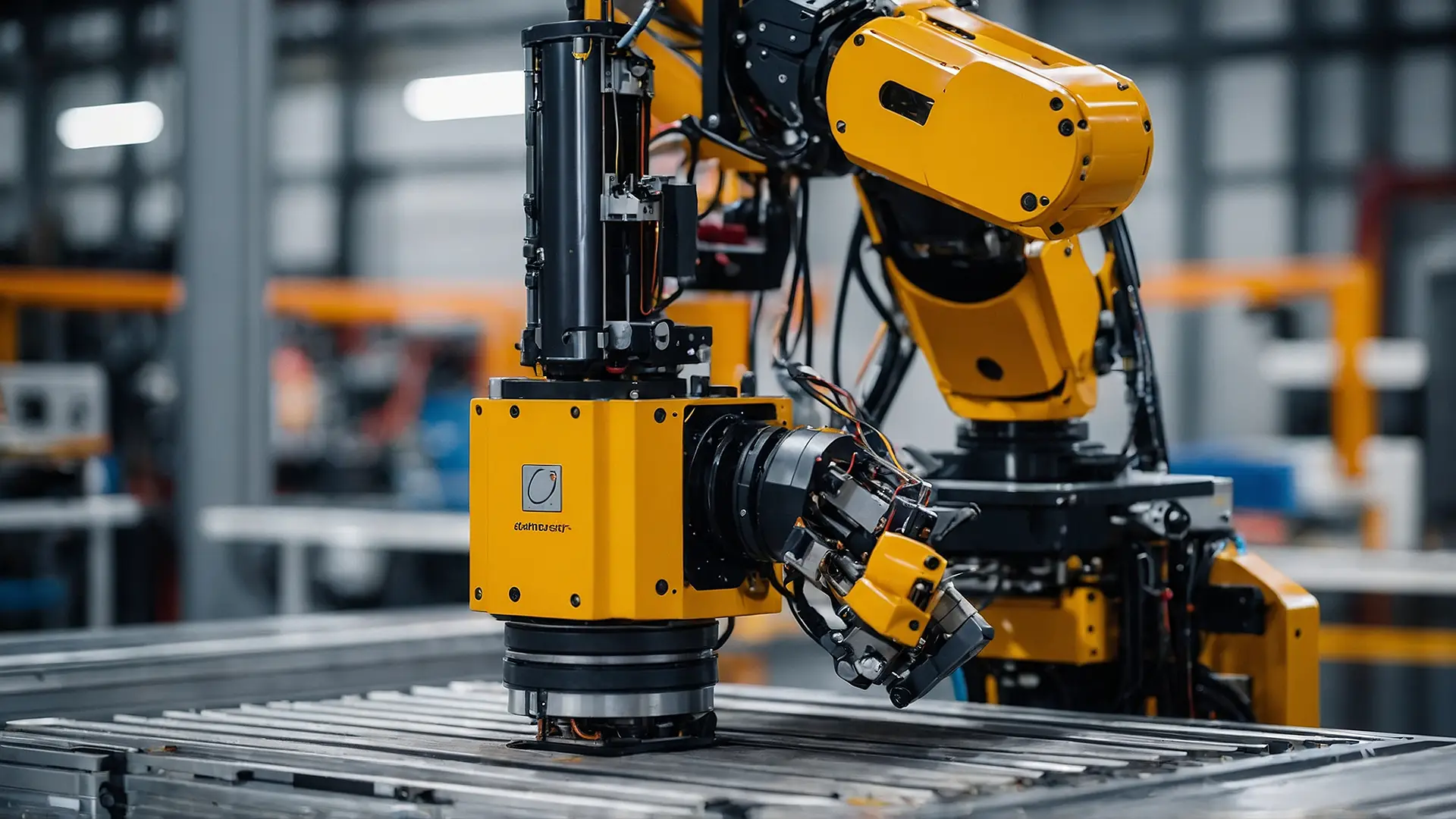Predictive maintenance sensors are transforming the way industries approach equipment upkeep. By continuously monitoring machine health, these sensors can foresee potential failures, enabling timely maintenance and averting costly breakdowns. This article delves into the numerous advantages of predictive maintenance sensors and how they can significantly extend the life of your machinery.
Understanding Predictive Maintenance Sensors
Predictive maintenance sensors are a type of condition monitoring sensor that collects real-time data on various machine parameters, such as temperature, vibration and pressure. This data is subsequently analyzed using machine learning algorithms to identify patterns indicative of potential issues. By detecting anomalies early, maintenance teams can proactively address problems, minimizing unplanned downtime and optimizing equipment performance.
Key Benefits of Sensors for Preventative Maintenance
Increased Machine Lifespan
Sensors for preventative maintenance significantly extend machine lifespan by identifying and addressing issues before they escalate into major failures. This proactive approach prevents wear and tear, reducing overall equipment degradation.
Reduced Downtime
Unplanned equipment failures lead to costly downtime. Sensors for preventative maintenance minimize this by providing early warnings of potential problems, allowing for scheduled maintenance during off-peak periods. This ensures uninterrupted production.
Optimized Maintenance Costs
Predictive maintenance sensors offer a more strategic approach to equipment upkeep compared to other methods. In contrast, traditional reactive maintenance typically involves costly and disruptive emergency repairs or replacements triggered by unexpected equipment failures. By continuously monitoring machine health and identifying potential issues before they escalate, these sensors enable organizations to focus maintenance efforts precisely on components that are exhibiting signs of degradation or nearing their end-of-life.
This data-driven methodology prevents the wasteful expenditure on unnecessary repairs and replacements associated with reactive maintenance while ensuring that critical components receive timely attention to prevent catastrophic failures. By shifting from a reactive to a proactive maintenance paradigm, businesses can significantly reduce maintenance costs, ultimately enhancing operational efficiency and productivity.
Improved Safety
Machine failures pose safety risks to operators and personnel. By predicting potential hazards, sensors for preventative maintenance create a safer working environment. Early detection of issues such as excessive vibration or overheating prevents accidents and injuries.
Enhanced Production Efficiency
Sensors for preventative maintenance contribute to overall production efficiency by preventing unexpected downtime and optimizing equipment performance. This results in increased output, improved product quality, and better resource utilization.
How Do Sensors for Preventative Maintenance Work?
Predictive maintenance sensors function by continuously collecting data on vital machine parameters such as vibration levels, temperature fluctuations, pressure changes, and electrical current. This data can be processed on the edge, using AI enabled IMUs, that yield comprehensive insights. Sophisticated algorithms and tailored machine learning models meticulously process the data, identifying patterns and anomalies that signal potential equipment malfunctions.
The Role of High Accuracy IMU in Predictive Maintenance
A high accuracy IMU (Inertial Measurement Unit) is an indispensable component within numerous predictive maintenance sensor systems. By precisely measuring acceleration and angular velocity, IMUs provide critical data for diagnosing the health of equipment. This detailed information is instrumental in the early detection of anomalies such as imbalances, misalignments, and abnormal vibrations, which often foreshadow more severe equipment failures. These early warning signs empower maintenance teams to proactively address issues, extending machine lifespan, reducing costly downtime, and optimizing operational efficiency. The integration of IMUs within predictive maintenance strategies is essential for achieving a higher level of equipment reliability and overall system performance.
Implementing Predictive Maintenance Sensors
Implementing predictive maintenance sensors involves several key steps:
Identify Critical Equipment
To effectively implement predictive maintenance, it’s crucial to pinpoint the machinery that is most vital to your operations. These are the machines whose failure would have the most significant impact on production, such as assembly lines, critical processing units, or high-value equipment. Focusing on these assets will maximize the return on investment for your predictive maintenance efforts.
Select Appropriate Sensors
Choosing the right sensors is essential for accurate data collection. Consider the specific parameters you need to monitor, such as vibration, temperature, pressure, or current. Ensure the sensors are compatible with your equipment and can withstand the operating environment. Factors like sensor accuracy, durability, and ease of installation should also be considered.
Establish Data Collection and Analysis
A robust system for collecting and analyzing sensor data is fundamental. This involves installing the sensors and developing algorithms to extract meaningful insights from the data. Ensure data security and integrity to maintain the reliability of your predictive maintenance program.
Develop a Maintenance Plan
Leverage the insights gained from sensor data to create a proactive maintenance plan. Prioritize maintenance tasks based on equipment condition, potential failure risk, and the impact of downtime. This data-driven approach ensures that maintenance resources are allocated efficiently.
Continuous Monitoring and Optimization
Predictive maintenance is an ongoing process. Continuously monitor sensor data to identify emerging issues and refine maintenance strategies accordingly. Utilize data analytics to uncover trends and patterns that can further optimize equipment performance and maintenance schedules.
By following these steps and leveraging the power of predictive maintenance sensors, you can significantly improve equipment reliability, reduce downtime, and enhance overall operational efficiency.
Conclusion
Sensors for preventative maintenance offer substantial benefits for businesses across various industries. If you are aiming to maximize the lifespan of your machinery and minimize unexpected downtime, consider implementing predictive maintenance sensors.
Contact our team at 221e to explore how predictive maintenance sensors can benefit your business.

